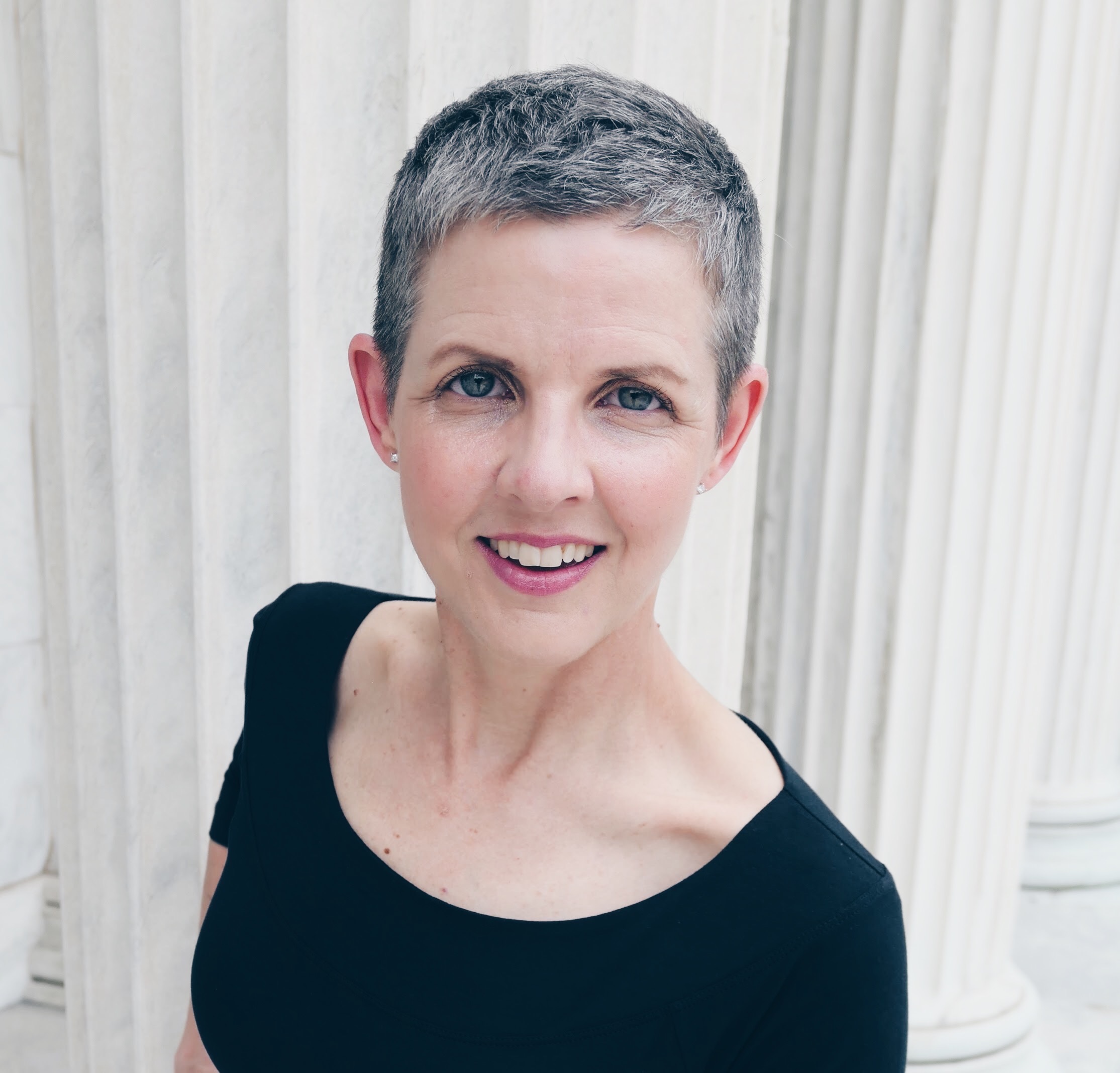Those long summer days are fleeting. Stories from camp, kids sleeping in, and afternoons at the pool are winding down, and my mind is now shifting to school lunches, sleep schedules, soccer practice, immunization records, fitting in the guitar lessons – and, suddenly… I’m stressed!
Regardless of how we experience this time, the modern world moves at a dizzying pace and is characterized by unpredictability seemingly all the time. “I’m stressed” is simply a common refrain.
What exactly is stress?
We have the feeling of stress when we evaluate environmental demand to be beyond our ability to cope successfully, according to Brene Brown, professor and emotions expert. This includes elements of unpredictability, uncontrollability, and feeling overloaded. (Hello, modern life.)
The question is: How can we tap into our own resources to cope effectively with stress, and even thrive?
Rather than ploughing through and conquering, it is worth considering the value of relieving stress by sitting with it, and perhaps even making peace. When we work with – not against – stress we might just find that it offers an opportunity to thoughtfully respond, rather than react, to life around us.

Below are strategies for working with stress, heavily influenced by Susan David’s book Emotional Agility.
Bring in mindfulness.
Meeting stress with resistance only causes it to lodge in place. Alternatively, allowing and accepting the feeling opens the door to sensing stress as a moving, changing entity. Stress is here, now changing, and fading away. When you notice the feeling of stress, try acknowledging it: Ah, this is stress. Then consider: How do I experience stress in my body? How does it change over three in-and-out breath cycles?
Adjust your language.
Often, when we think about stress (or any other feeling), our narrative begins with “I am.” I am happy, I am sad, and – yes – I am stressed. This implies that we actually are the feeling, leaving no room for being anything else, including creative and resourceful. As Susan David, psychologist and author, suggests, we can create space for the feeling without allowing it to consume our sense of self. Give it a try. The next time you feel stressed, consider: I’m noticing the feeling of stress. You can create room for the feeling without being the feeling.
Get specific.
Stress is a vague and amorphous feeling, and it is a go-to word for many. David suggests getting more specific. Understanding the emotions that underlie stress can help us to clarify the causes and begin to process them. The next time you notice the feeling of stress, you can ask: What are two other options for what I am experiencing? Disappointment? Depletion? Worry? Something else? With a clearer understanding of the causes of stress, you can then begin to consider what to do about it.
Take thoughtful action.
When we understand what we are experiencing, we can make choices that align us with what truly matters. Again from David, feelings are data, not directives. In other words, feelings give us information, and we choose how to respond. Think about what’s most important to you. With any action you might take in response to a feeling, consider: Would this action be useful? Would this bring me closer to what matters, or move me away? Then act accordingly.
Stress is largely about how we react – or respond – to our lives. When we treat stress like a dynamic feeling that we are experiencing (rather than something we are), we create space for a response that aligns us with what matters. So, the next time you notice the feeling of stress, give it a try… accept its presence, identify its causes, and see if you can move closer to what matters to you.


0 Comments